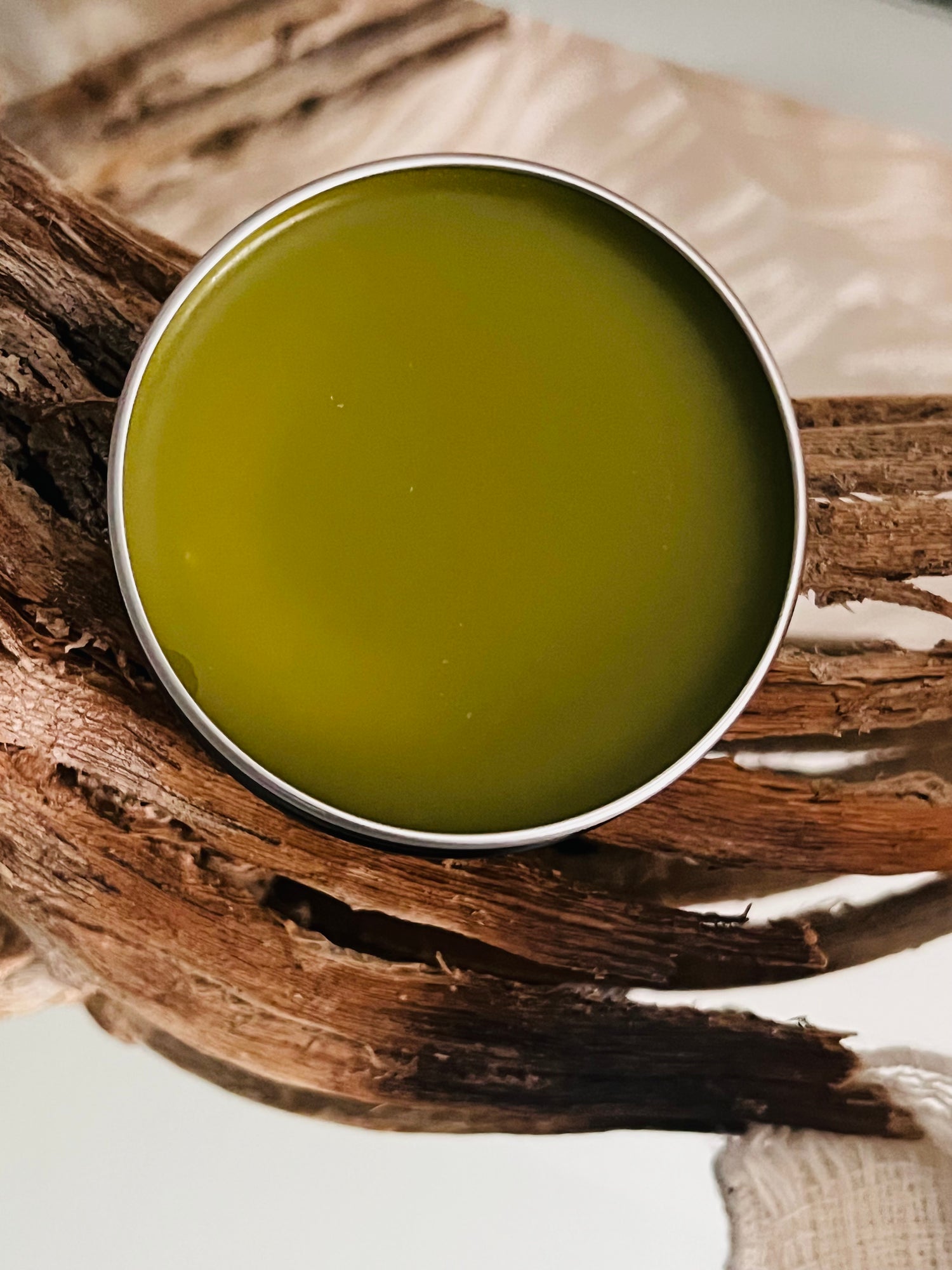Hello all my avid sweet readers, I hope you're ready for another deep dive into the subject of The Comedogenic scale and oils! I have had this subject on my mind for a long time, of course life gets in the way but thankfully I have had time to research, sleep, then research some more. I will share all the information I have found and of course in my usual fashion give you my 2 cents whether you want it or not.

What is a comedogenic oil? What does it even mean? Comedogenic means "likelihood that something will be pore clogging". This is a big influential factor in what people choose to put on their skin. People don't want to put stuff on it that's going to break them out in pimples. It's also a big selling point for the majority of major natural skin care brands and not so natural.

The comedogenic scale was developed by none other than the Dr. Albert Kligman...does that name sound familiar? Thats because it is, this is the same man who developed Retin A or Retinol. This guy is just popping up everywhere in the skincare world. He came up with the scale using a model of testing back in 1979. The model of testing used was REM (Rabbit ear model). They would test each oil or ingredient on a rabbit's ear and then test for follicular/ pore clogging evidence.
Why is that information important? We think it's important to note that a rabbit ear, and a human face are completely different, and made up of a completely different wax esters, and sebum. This testing wasn't entirely accurate, so they retested again in 1982 this time on humans-male prisoners to be more specific. The new testing model involved putting specific oils and chemicals on male prisoners backs then recording the skins reactions and what comedones were present. This new test was still not completely accurate because the skin on the back is different than facial skin. In 1989 the American Academy of Dermatology finally said if the rabbit ear test didn't show any comedogenisis then it likely isnt problematic for human skin (Loosely quoted).For once and for all: How reliable are comedogenic ratings? — Project Vanity
You may be wondering what's the problem? Well, who doesn't like a good scale to go off of right? Most businesses build their products based on the comedogenic scale and it tends to be their main selling point. The problem is people and businesses are basing their evidence on an old outdated inaccurate scale. No new testing has been done since then as far as I can find. Everything is based off a rabbit ear test from 1972 which is not a human face. Also, lots of new different oils are out today and the processing of them has changed in the last 20 years. The way we process oils, and the purity/quality of them is much different. They are probably still similar in their fatty acid profiles, but new research and accurate data is needed to make a final decision on what is comedogenic and what isn't.
Our personal interest in the comedogenic scale started long ago when were first started dabbling in tallow. To be honest I never paid much attention to it until I started formulating with tallow and other ingredients. For a while I used to believe tallow was non comedogenic because that's what EVERY tallow business claims. When I started researching the meaning of comedogenic, the ratings of tallow (and many others), then realizing that tallow is slightly comedogenic according to the scale that Dr. Kligman developed and that all these businesses had it wrong. It prompted me to look into this "Comedogenic scale" and try to better understand where it came from, how it was developed and if it is even accurate.
I think as humans we have a natural desire to learn and grow in knowledge and that means learning everything we can about any given subject with the resources we have. Thank goodness we have the internet, and dont listen to people who say researching on the internet isn't real research. From my computer I can look up every study that has been published and article written about it. To me-yes, it is real research, but it also requires a lot of time and reading materials on every possible angle regarding the specific subject I am wanting answers on. Also looking at it from a neutral perspective which means not having a narrow mind and letting my opinions lead my research.
NOW I am in no way saying the comedogenic scale doesn't have a place in the skincare world or when deciding whether or not to use a product. What I am saying is this is not a one size fits all. Keep in mind this scale is for a specific oil, it doesn't factor in a product that is a mix of different oils and fats which would change its rating on the scale. Another aspect I dislike of the Comedogenic scale is that it basically states that many seed oils are lowest on the comedogenic scale. What does that translate to the everyday person? Put seed oils on your face. That seed oils are good. They aren't. See my other blog on this subject. What the comedogenic scale does do is throw certain oils under the rug and deem them unusable on your skin. Which is basically throwing the baby out with the bath water.
Now if anyone has severely acne prone skin then it would be wise to of course use oils that are naturally lower on Dr. Kligmans scale,or do a patch test with each ingredient on its own for a little while and see how your skin does with it. But don't be afraid to try something that can "rank" higher on the scale. In other words, dont make the comedogenic scale law.
When deciding whether something will be comedogenic to you specifically the only way to know is to use an ingredient for a certain amount of time, and that ingredient alone. The problem with most skincare products is they have other ingredients in them so you likely won't know if it's one specific ingredient clogging your pores.
Lets talk about coconut oil for a little bit. On the comedogenic scale it rates 4 and when its only 0-5 that is quite high. Coconut oils fatty acid profile consists of:
Caprylic 9%
Decanoic 10%
Lauric 52%
Myristic 19%
Palmitic 11%
The problem with coconut oil is that it is high in Lauric Acid. Lauric acid has strong antibacterial properties which is what lends it the cleansing/stripping factor. When it comes to your skin straight coconut oil can be TOO cleansing and drying. It can actually strip your skin of the good bacteria which balances your microbiome and keeps breakouts at bay. With a compromised microbiome then your skin is prone to breaking out because your sebum can become unbalanced. We use unrefined raw coconut oil in our Tallow sunblock at 25%. Partly why we are writing this blog is due to that specific product we have in our shop (Its one of our bestsellers).
Coconut Oil (Raw Unrefined) has shown to have the high antioxidant values, and lauric acid has shown to be antibacterial to a specific acne bacteria called Propionibacterium which is the bacteria that is responsible for acne. It can help heal wounds heal faster and boost antioxidant content in the skin. The problem can be so many factors as diet, or if using pure coconut oil on your face which we dont recommend unless it works for you. But when used in combination with other oils or fats it can be very helpful. The antioxidants in coconut oil are ferulic acid and p-coumaric acid which fight free radicals and has been reported to help with sun and skin damage related to the sun (another reason its in our sunblock).

We have received quite a few comments from spectators saying that they would "use it if it didn't have coconut oil in it because it causes breakouts". First what a blanket statement to say. Second, this has been the opposite case from our personal experience with this product. Our skin seems to love it and we've never experienced a breakout from this product. The purpose of using the coconut oil is to keep the skin from feeling to greasy and heavy. It balances out the whole cream. It works quite wonderfully in our opinion, and this is after using it for around 5 months now. We feel the benefits from the 25% of raw unrefined coconut oil is worth it, and since there is no guarantees that nothing will not break you out we believe its the best combination of fats and oils for this product.
The comedogenic scale can be a big issue in deciding whether something is going to work on your skin, but we think skin is unique. Every single person has a different skin type, and what works for one will not work for another. Don't let the comedogenic scale keep you from trying certain oils that could potentially be really beneficial for your skin type (unless they're seed oils). It truly is a case-by-case basis. I also don't think it's wise as businesses to build your products around the comedogenic scale because it's not entirely accurate. You will end up boxing yourself in, and your whole selling point will be that your product is non comedogenic. What if a customer has a breakout from using one of your "non comedogenic" products? What then? So it can be wise to reference Dr. Kligman's scale but don't live by it. For example, tallow is a 2-3 on the comedogenic scale rating, if I was building my business on that scale, I might be having a hard time. The truth is tallow can make some people break out just like jojoba oil can. It is subjective to each individual. This goes for the consumer as well, don't avoid certain ingredients because they're a two on the scale! Try it if it doesn't work move on.
If you have severe acne prone skin then the first thing, we recommend is to look at is your diet, hormonal issues, environmental factors, sleep, stress levels, and thyroid function. The first one which is food/quality of food/ proper nutrient needs being met is vital and impacts each one of the others listed. We have begun researching the issue with low linoleic acid in acne prone skin types. This is a subject that is going to take some time on our part. Being that there are many factors to influence that. Something is obviously going on internally for you body to not be making enough linoleic acid in your skin sebum.
Thanks for reading, I hope this clarifies some things for folks out there regarding this issue in the skincare world. Nothing is law in that realm and what works for one will not work another.
PS if you have a specific topic you want me to talk about let me know! I have few others im working on!
Signing off, cheers
Jen


